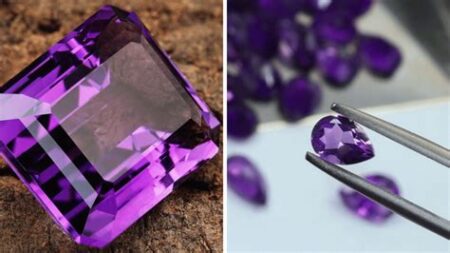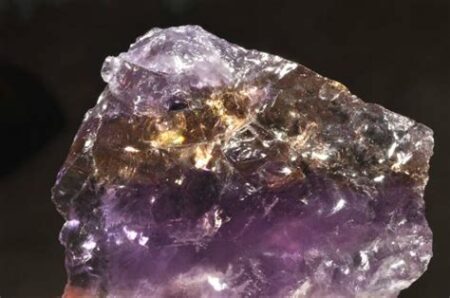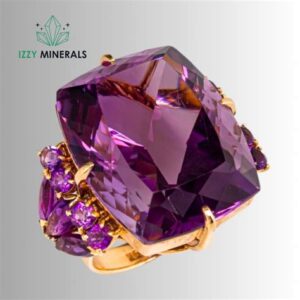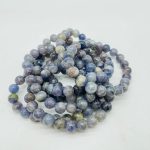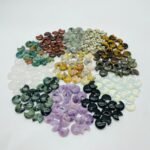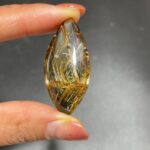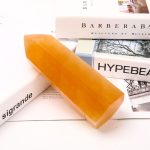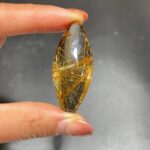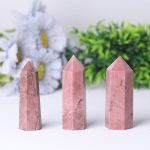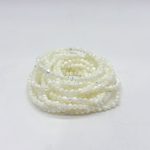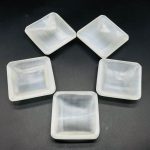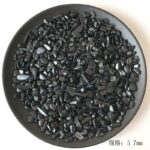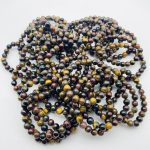Pyrite, also known as fool’s gold, is a common mineral composed of iron and sulfur. Despite its metallic appearance, pyrite is not actually a valuable metal. However, it does have some economic and industrial uses.

Value and Uses of Pyrite
The main value of pyrite lies in its potential as a source of sulfur. Sulfur is an essential element used in the production of sulfuric acid, fertilizers, and other industrial products. Pyrite is estimated to contain approximately 53% sulfur by weight. This makes it a potentially valuable ore for sulfur extraction.
However, the economic viability of pyrite mining depends on several factors, including:
- The concentration of sulfur in the ore
- The cost of mining and processing the ore
- The availability of other sources of sulfur
In many cases, it is more cost-effective to obtain sulfur from alternative sources, such as elemental sulfur deposits or byproducts of other industrial processes. As a result, pyrite mining for sulfur extraction is typically only pursued when other options are unavailable or uneconomical.
Other Uses of Pyrite
Besides its potential as a sulfur source, pyrite has several other industrial and research applications, including:
- Production of iron sulfate: Pyrite can be used to produce iron sulfate, a chemical compound used in the tanning industry, water treatment, and other applications.
- Jewelry and decorative purposes: Pyrite’s metallic appearance makes it a popular material for creating jewelry, particularly in the form of earrings, necklaces, and bracelets.
- Scientific research: Pyrite is a valuable material for scientific research. It is used in studies of mineral formation, the behavior of metals under high pressure, and the evolution of life on Earth.
Common Mistakes to Avoid
When considering the value of pyrite, there are several common mistakes to avoid:
- Mistaking pyrite for gold: Pyrite and gold can look similar in appearance, but they are very different materials. Pyrite is much harder than gold and does not tarnish or react to acids.
- Overestimating the value of pyrite: Pyrite is not a valuable metal. Its value is primarily based on its potential as a source of sulfur and its use in specific industrial and research applications.
- Investing in pyrite mining without due diligence: Investing in pyrite mining can be risky. It is important to carefully consider the economic viability of a project before investing any money.
Why Pyrite Matters
Despite its lack of intrinsic value as a precious metal, pyrite still plays an important role in various industries and research fields:
- As a source of sulfur: Pyrite is a potential source of sulfur, an essential element used in the production of fertilizers, sulfuric acid, and other industrial products.
- In scientific research: Pyrite is a valuable material for studying mineral formation, the behavior of metals under high pressure, and the evolution of life on Earth.
- In jewelry making: Pyrite is used to create attractive and affordable jewelry pieces that resemble gold.
Benefits of Pyrite
While pyrite may not be a valuable metal, it does offer several benefits:
- Potential economic value: Pyrite can be a valuable source of sulfur, a commodity used in various industries.
- Uses in research: Pyrite is a valuable material for scientific research, helping us understand geological processes and the history of life on Earth.
- Aesthetic appeal: Pyrite’s metallic appearance makes it an attractive material for jewelry and decorative purposes.
Pros and Cons of Pyrite
Consider the following advantages and disadvantages when assessing pyrite’s worth:
Pros:
- Potential source of sulfur: Pyrite contains a significant amount of sulfur, making it a valuable resource for extracting this essential element.
- Research applications: Pyrite is a valuable tool for scientific research, particularly in the fields of mineralogy, geology, and biology.
- Aesthetic appeal: Pyrite’s metallic appearance makes it an attractive material for jewelry and decorative objects.
Cons:
- Not a valuable metal: Pyrite is not a precious metal and does not possess the intrinsic value of gold or silver.
- Economic viability: Pyrite mining for sulfur extraction can be expensive and may not be economically viable compared to other sources of sulfur.
- Toxicity: Pyrite can release sulfur dioxide when heated or exposed to acids, which can be hazardous to health.
Future Applications of Pyrite
Ongoing research and technological advancements may lead to new and innovative applications for pyrite. One promising area is the exploration of pyrite’s potential in energy storage and catalysis. By developing new technologies to harness pyrite’s unique properties, we may unlock its full potential as a valuable resource.
Conclusion
Pyrite is a common mineral with potential economic value as a source of sulfur. It also has applications in jewelry making, scientific research, and other industrial processes. While pyrite is not a valuable metal like gold or silver, it does have its own unique properties and uses. Understanding the value and applications of pyrite can help you make informed decisions about its potential benefits and uses.

